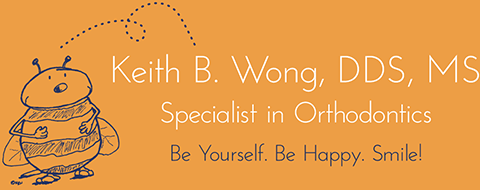The term overbite is typically used to describe what is referred to by orthodontists as overjet. This is excessive distance between the upper and lower incisors in a horizontal direction with the upper teeth forward of the lower. This finding can describe a number of situations. For example, the same overjet may result from protrusion of the upper teeth in the bone or from a retrognathic (receding) lower jaw. This underscores the importance of an accurate and comprehensive diagnosis. Orthodontic treatment planning requires three dimensional evaluation and consideration of the fourth dimension of time with the associated biological processes.
Correction of an overjet may involve retraction of protruded upper incisors, differential growth modification of the jaws, alignment of retruded lower incisors, management of soft tissue habits, or a combination thereof. In some cases, a significant skeletal imbalance requires a surgical solution after growth has ceased. I encourage you to seek out an orthodontic evaluation from an excellent and experienced orthodontist that is willing and able to communicate with you, to your satisfaction, about your child’s specific case. Orthodontic evaluations are typically free of charge and it is not uncommon for a parent to seek second or third opinions, if needed.
